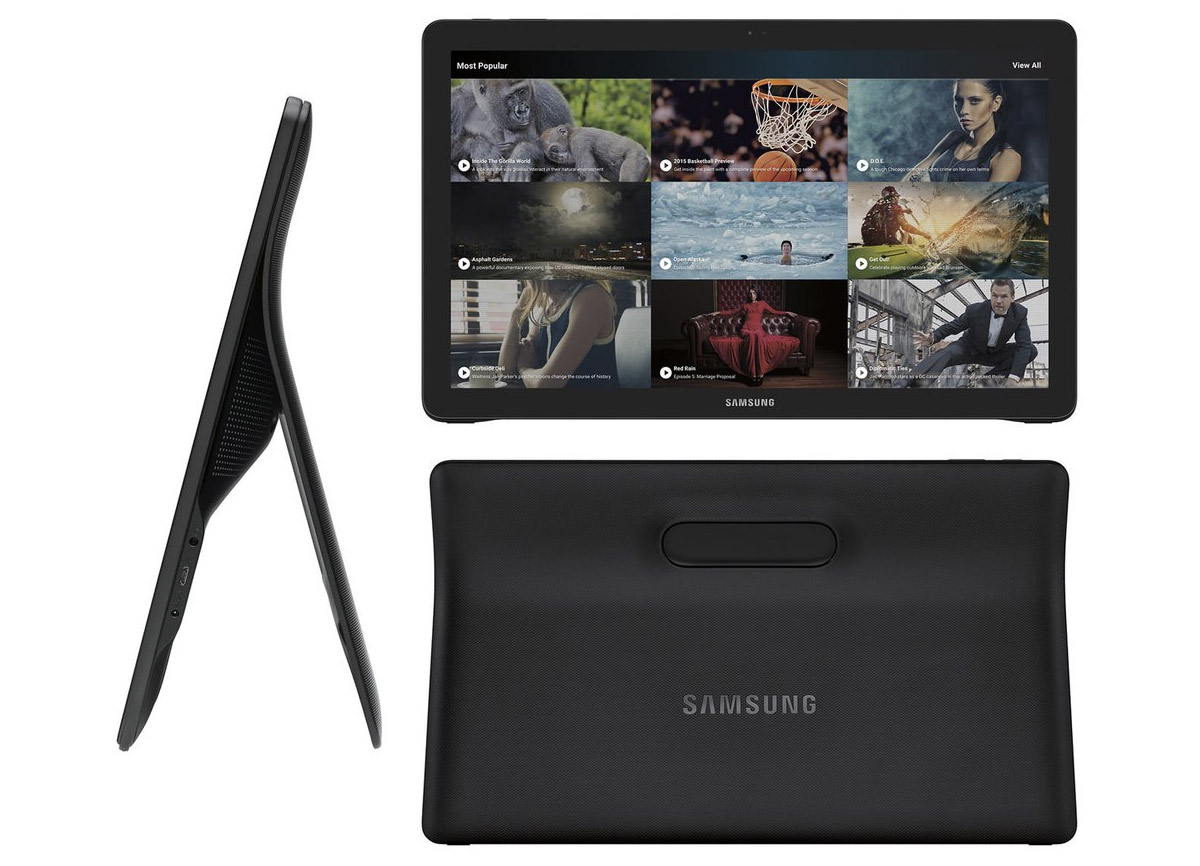Businesses will be able to tailor the $35 credit-card sized board to suit anything from Internet of Things devices to consumer appliances.

The Raspberry Pi 2.
The Raspberry Pi started out as a computer to get kids to code but its low cost and hackability has won over seven million users of all ages.
Now a new way to buy the boards has paved the way for businesses to get serious about using the Pi and start building it into a host of new products.
Firms will be able to order bespoke versions of the credit-card sized machine - customised to control a production line, drive a consumer appliance or whatever else takes their fancy.
The decision to make tailormade Raspberry Pis available to organisations ordering more than 3,000 boards was taken following repeated requests from firms that already build around the Pi.
"Right now we've got about one million units per year of Raspberry Pi going into other products - being used in industrial, embedded or consumer devices,"said Raspberry Pi co-creator Eben Upton.
Many of these businesses create prototype products and appliances using the Raspberry Pi compute module, which packs the processor and memory of the Pi onto a slim board the size of a memory module.
But there is a limit to how scalable a product run is if it relies on a Pi compute module plugged into a separate board, said Upton, adding that once firms hit that wall they now can switch to a custom board.
"We've never had an order for more than 20,000 compute modules from any given customer. We're aware there's a volume point where people start to get reluctant to have this two-board solution. It's really trying to provide that next rung up."
Raspberry Pi boards are also already used as the basis for an increasing range of products, from the pi-top laptop to the Pi-Raq appliance for monitoring servers. Upton's even spotted the Pi in products whose price tag dwarves that of the machine.
"Last year I was in a factory and saw a piece of really expensive telecoms hardware being built with a Raspberry Pi as a controller. That's $50,000 of telecoms hardware being controlled by a $35 Raspberry Pi," he said.
"That was really nice because that suggested that people aren't buying the Pi because it's cheap anymore, they're buying it because it's stable."
Upton said that firms prototype using the Pi because it's "cheap and available" but are compelled to use the board in the final product by the platform's stability, forged by years of scrutiny from the Pi's millions of users.
The custom option will let firms tweak the Pi's hardware to better suit their needs. Changes can include reconfiguring the board layout, adding functionality such as new I/O, wireless connectivity or integrated power management and swapping out interfaces. Previously making such changes would typically require investing in bulky add-on boards - something firms may be loathe to do.
"This gives you a way of doing it in a better form factor and obviously because you're integrating it all onto one board you can do it at a more attractive cost point," said Upton.
"Even a little bit of customisation can suddenly mean the Pi's perfect for a vertical."
Customisations needn't be complex: since the soft launch of the bespoke service in June this year the simplest request received has been to rotate the Ethernet port by 90 degrees. In that time the majority of custom orders have been from small and medium-sized businesses.
Any of the Raspberry Pi boards - generation one or two, model A or B, the compute module, the camera or display boards - can be customised and the only restrictions mentioned relate to the Pi's GPU, which cannot be changed.
To produce the custom boards, the Raspberry Pi Foundation, the charity behind the Pi, has teamed up with electronics distributor element14, which will design and manufacture these one-off boards. Some customisations may require an order of at least 5,000, with the lower limit depending on the nature of the change.
Upton admits that he doesn't know who the majority of the Pi's business customers are and is looking forward to learning more about exactly who is using the board in their products.
"We wondered whether there's scope for some sort of branding - though I think we might steer away from 'Raspberry Pi Inside', it sounds a bit like another company.
"But we'd love it if people wanted to talk about the fact they're building their businesses and their products on the Raspberry Pi platform."
































